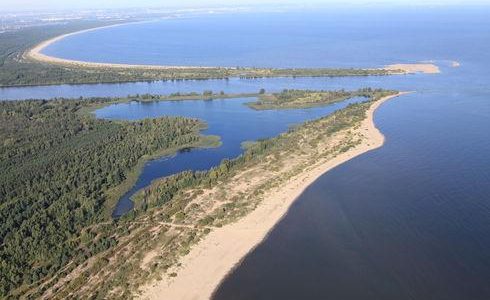Long before anybody thought of Sopot as a town, to get from the rural Upper Sopot to the sea and the fishing village located in the Lower Sopot one had to go down a nameless steep road falling towards the seashore. When at the beginning of 19th Century the first bathing facilities were created they were located near the sea in the area of today’s Skwer Kuracyjny (Therapy Square). Guests were accommodated by the locals in both parts of Sopot and the neighbouring villages. The road leading to the sea became a footpath for more and more holiday makers. This is how the street, later called Morska Street, started to be a place for walks and meetings of the Sopot health resort guests. In the 20th Century not much changed. From its beginninga as the urban Sopot Street, the Seestrasse used to be a resort boulevard and a main communication axis connecting the railway station to the sea and the beach.
After 1945 old Morska Street was renamed Bohaterów Monte Cassino, then shortened into “Monte Cassino”, and then simplified to informal “Monciak”.
During the postwar period Monciak was a typical Sopot street, slightly sleepy in winter and livening up with every possible colour just before the summer season started. The most flashy and sophisticated makes of cars could be found there, driven by the wealthier citizens at 10 km/h, and shown to the audience with pride. There, in numerous cafes and pubs, led by the famous SPATIF, Polish art life flourished. The annual Sopot Song festival organised since 1964 ensured the presence of celebrities who could be met on Monciak.
Today’s Bohaterów Monte Cassino Street has been closed for vehicle use for years and is the most popular street in the Tri-City. The famous cars have disappeared since then, celebrities are less likely to be seen, and it is slightly less glamorous, but it remains one of the most attractive places for tourists visiting Sopot.



















